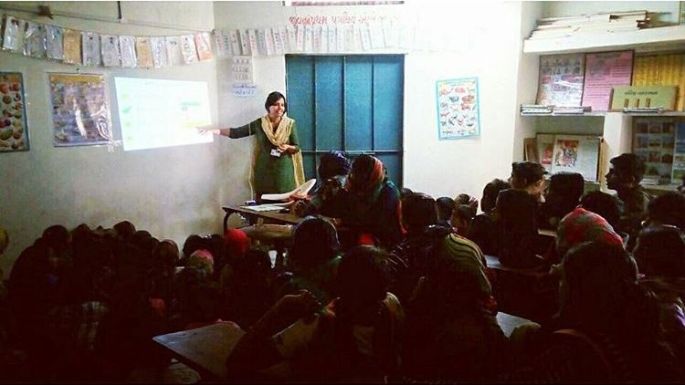I am Prateeksha Tiwari, currently a State Bank of India Youth For India Fellow of SBI Foundation. I work in Wankaner block, Gujarat in association with an NGO called Aga Khan Rural Support Programme-India.
There is more about my work on Facebook, Instagram, and SBI Youth For India.












